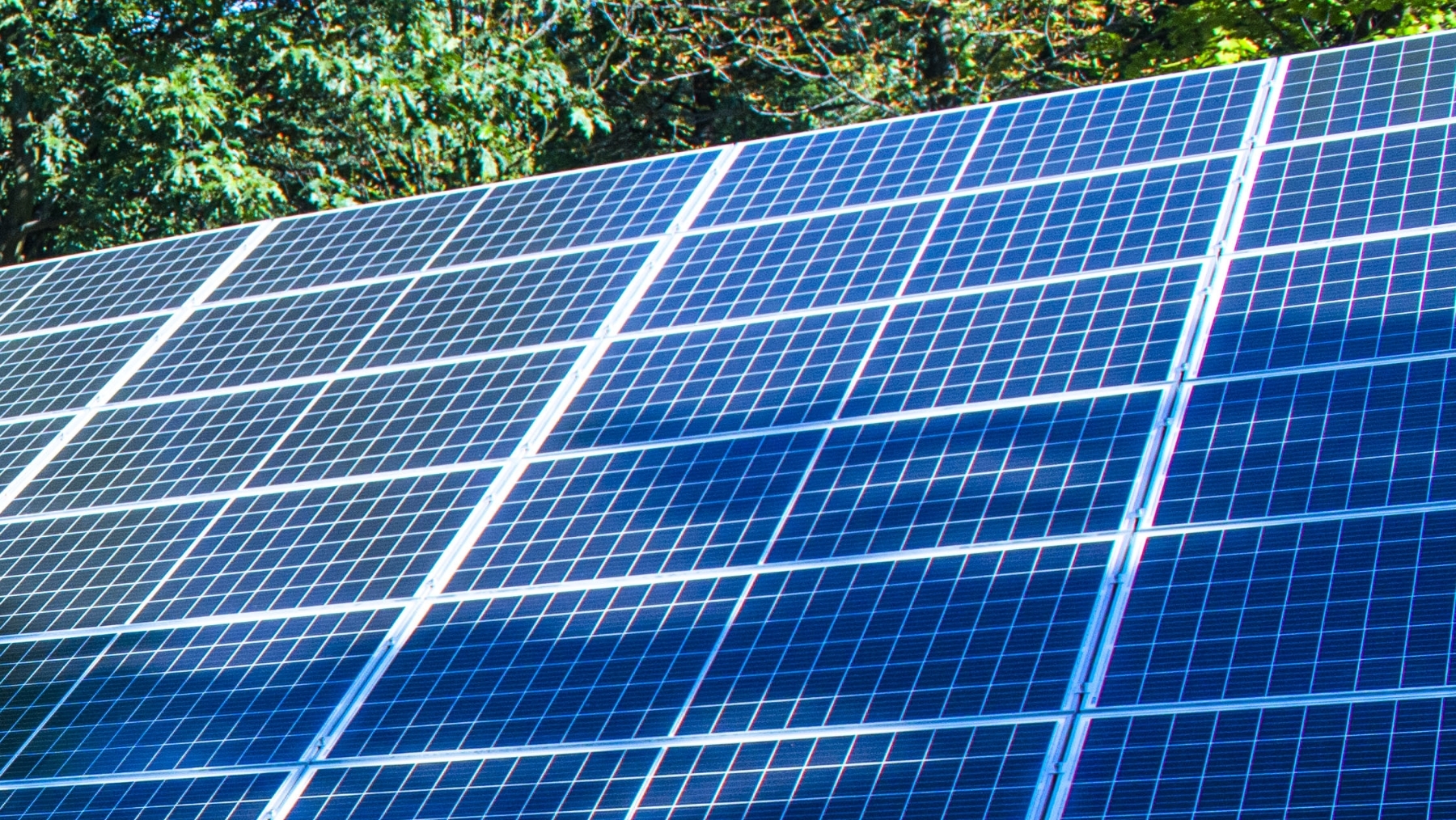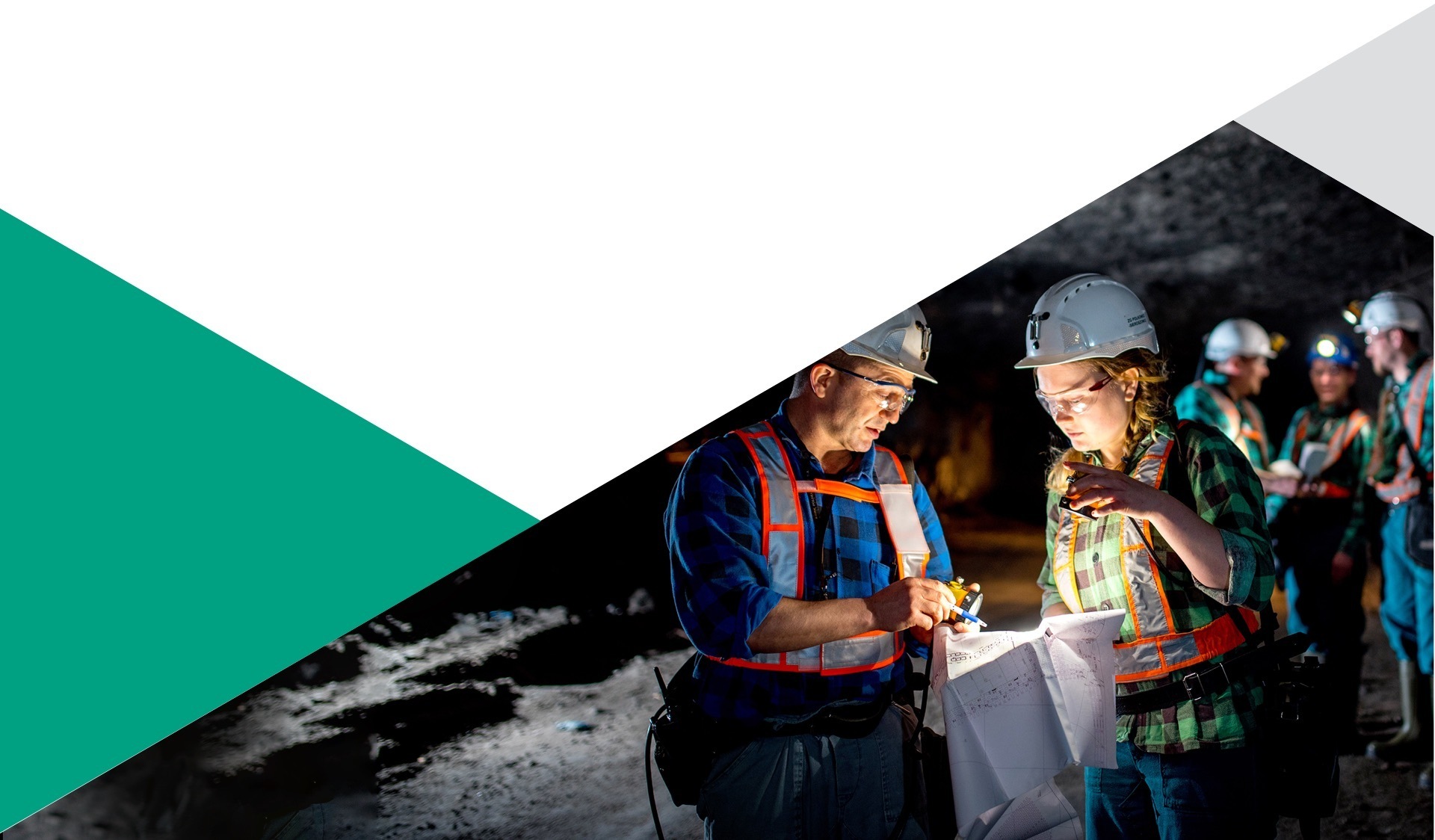Energy policy of KGHM Polska Miedź S.A.
The primary objective of KGHM Polska Miedź S.A. in respect of energy management and proclimate activities is to implement rational energy management while ensuring security of energy supply to facilities and installations within the Company’s production line.

The process of implementing the international standard of energy utility management in accordance with the ISO 50001 standard began with the adoption of the Energy Policy of KGHM Polska Miedź S.A. by the President of the Management Board. (28 November 2016). At present, the second edition of the policy, approved on 28 February 2019, is in effect.
It is the ambition of KGHM Polska Miedź S.A. to continually grow the share of renewable energy sources and in-house energy production in covering our energy demand.
The Energy Policy stipulates the most important principles of energy management in KGHM Polska Miedź S.A. By observing these principles, the Company’s management undertakes to:
- ensure resources necessary to achieve the planned energy objectives and outcomes
- operate in accordance with the law and other energy requirements relating to energy use
- create desirable attitudes, build awareness and continually improve the skills of the Company’s employees and collaborators performing tasks for KGHM Polska Miedź S.A.
- prevent waste in the area of energy consumption
- cooperate with partners and suppliers in procurement of material goods and services having regard to energy efficiency as an important selection criterion
The principles adopted in the Energy Policy of KGHM Polska Miedź S.A. are observed by all employees of the Company, as well as other persons and entities performing tasks needed for its operation.
As a result of the Energy Policy, the Company pursues activities designed to manage the energy used by KGHM rationally and in compliance with the law, including:
- specification of procedures for the investment and procurement process
- energy overhauls in KGHM Divisions and the Head Office, performed in accordance with the approved methodology
- actions to achieve the approved energy objectives
- implementation of the regulations: Legal and other requirements in the field of power generation and evaluation of their conformity for the purposes of the Energy Management System at KGHM Polska Miedź S.A.
Energy management system (EMS) in KGHM Polska Miedź S.A. and Energetyka sp. z o.o
In 2017 the Parent Entity and Energetyka Sp. z o.o. implemented ENERGY MANAGEMENT SYSTEM (SZE), in conformity with PN-EN ISO 50001:2012. The re-certification audit conducted in KGHM Polska Miedź S.A. in September 2020 confirmed that KGHM Polska Miedź S.A. has adapted its Energy Management System to comply with the requirements of the new edition of the standard: PN-EN ISO 50001:2018. The re-certification audit in Energetyka” sp. z o.o. conducted in September 2020 confirmed that the system is undergoing continual improvement, as are the energy results. Based on the auditors’ team findings, it was concluded that the Energy Management System in Energetyka” sp. z o.o. is fit to achieve the planned objectives, and its certificate has been renewed.
As a result of the EMS implementation, the costs of energy audits are avoided, which must be performed pursuant to the Energy Efficiency Act if no certified Energy Management System is in place. Another result of the EMS operation is the possibilities to implement a comprehensive improvement of the energy management process and improve KGHM’s energy result, which in 2019 generated energy savings of 72 GWh.
The EMS also reduces the costs of purchase and consumption of power utilities, including the cost of CO2 emission rights, as a result of lower greenhouse gas emissions. We intend to raise the skills of our human resources, achieve further savings in future years and, most importantly, improve occupational safety for all KGHM Polska Miedź S.A.’s employees through implementation of standards and improvement of procedures.
Reduction of emissions from smelters and refineries
In order to minimize the negative environmental impact of metallurgical technologies and maintain fully operational equipment protecting the environment, KGHM Polska Miedź S.A. has successfully implemented adaptation of the units to the BAT Conclusions for the non-ferrous metals industry, including limitation of arsenic emissions. The parameters achieved thanks to a number of investment projects are much higher than the levels required by the law. The table below presents detailed results achieved by the completed investment projects in this area:
Results of investment projects completed in KGHM Polska Miedź S.A. in the area of adapting installations to meet BAT Conclusions for the non-ferrous metals industry
Results of investment projects in the area of unit adaptation to meet BAT Conclusions for the non-ferrous metals industry
| Name of task/initiative | Expected adaptation to BAT Emission levels under BAT (BAT-AEL) | Task completion date Parameters achieved (in guaranteed parameter tests) |
|---|---|---|
| Modernisation of the PSz.1 bag filter dedusting system and Psz.2 and PSz.3 cartridge filters in Shaft Furnaces | BAT 39: | December 2019 |
| Dust – 2-5 (mg/Nm3) | Dust – below 1 (mg/Nm3), | |
| As – 0,05 (mg/Nm3) | As – below 0.05 (mg/Nm3), average 0.02 (mg/Nm3) | |
| Construction of 2nd-degree wet dedusting system on the dryer dedusting units to reduce As and Hg emissions down to the BAT Conclusion levels | BAT 38: | December 2020 |
| Dust – 3–5 (mg/Nm3) | Dust – poniżej 1 (mg/Nm3), | |
| As – 0,05 (mg/Nm3) | As – below 0.02 (mg/Nm3), average 0.01 (mg/Nm3) | |
| BAT 11: | Hg – below 0.004 (mg/Nm3), average 0.002 (mg/Nm3) | |
| Hg – 0.01 – 0.05 (mg/Nm3) | ||
| Design and construction of installation to eliminate arsenic from gases above TM-16 casting machines | BAT 44: | December 2020 |
| Dust – below 15 (mg/Nm3) | Dust – below 2 (mg/Nm3), average 1.6 (mg/Nm3) | |
| P-1 Air-tight sealing of conveyor belt pulling stations for carrying copper concentrate and bedding and blending store | BAT 8 i BAT 25: | October 2019 |
| Specify the required adaptation method to prevent diffuse emissions from pre-treatment of raw materials, primary and secondary materials and their transport, or to reduce the emissions. | Sealed conveyor systems were applied for transport and handling of dust generating concentrates, as well as fluxes and fine materials; mounting of roofs over conveyors for handling non-dust emitting solids (compliance with BAT8a, BAT8b, BAT25). | |
| PG Installation feeding de-leaded slag into flash furnace | BAT54: | December 2020 |
| Specifies methods to reduce the amount of copper production primary and secondary waste materials to be stored. | The installation enables air-sealed transport of the waste material, i.e. de-leaded slag, to flash furnace for metal recovery (compliance with BAT54). | |
| BAT90: | A pneumatic transport system applied for dust-generating materials (compliance with BAT90a). | |
| Specifies the required adaptation method to prevent diffuse emissions from pre-treatment of raw materials, primary and secondary materials or to reduce the emissions (for lead production). |
Emissions by the divisions of KGHM Polska Miedź S.A.
SO2 and dust emissions1)
1 Residual dust (metal free) from the production of non-ferrous metals, including PM 2.5 and PM 10
